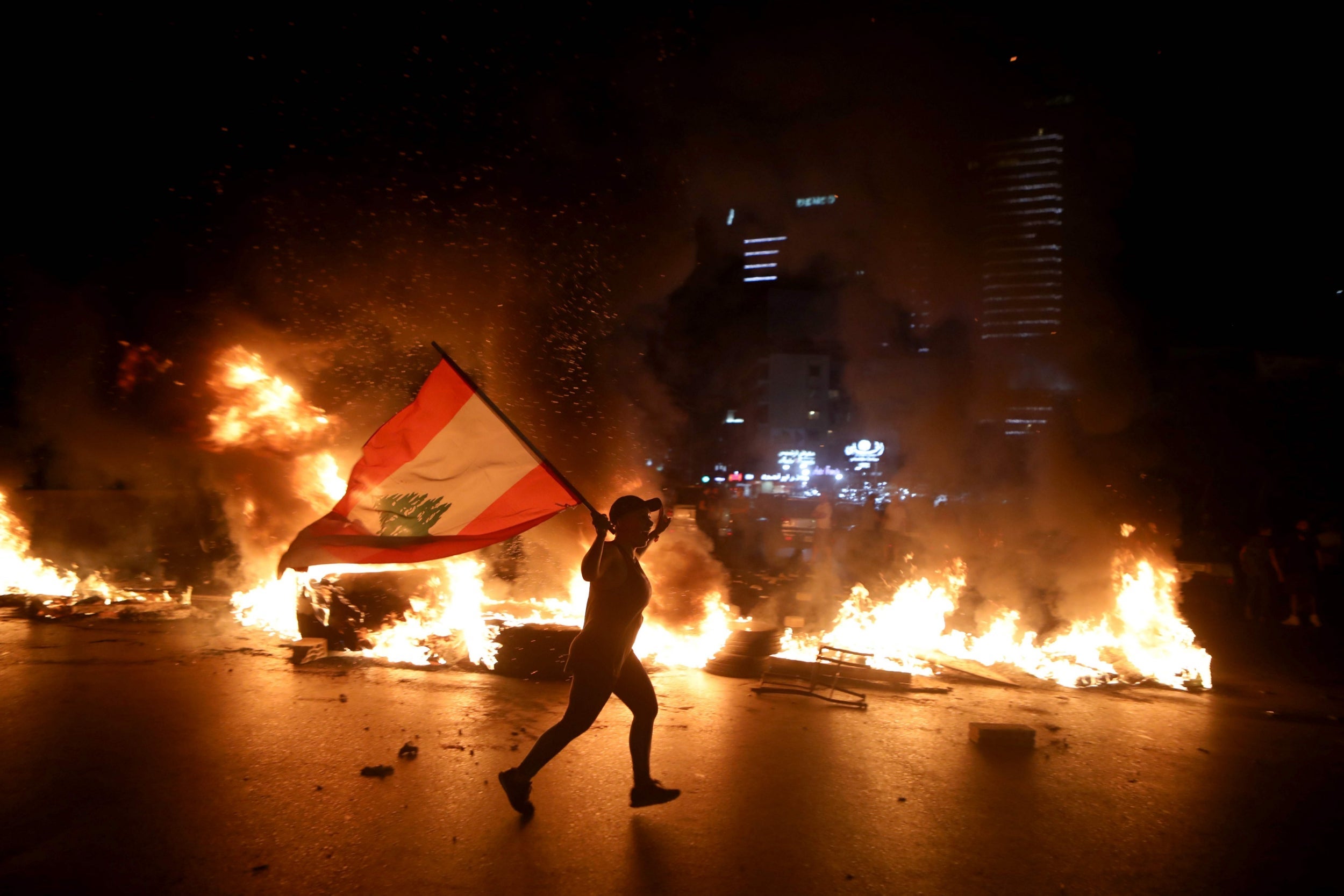Beirutis have every reason to fear the cycle of poverty they face – just look at Lebanon’s history
The Beirut of 2020 is the same city which endured Ottoman military ferocity, Allied blockade and locusts more than a hundred years ago. Robert Fisk tells the people’s story

The pages are so fragile that I turn them with infinite care, blowing apart those which adhere to each other lest they tear. An unknown hand – almost a century ago, I think, when my book was new – gently repaired with paste the final page of Fr Antoine Yammine’s frightful account of Lebanon’s Great Hunger. It is a ghost-book for the present day; my own edition was published in Cairo in 1921 and contains photographs which editors might even now blanche to look upon. I long ago bound its 212 pages in crimson leather, the work of Beirut’s oldest bookbinder who worked in a narrow shop not far from the city centre where many of the volume’s events took place.
I don’t begrudge today’s Lebanese their fears. The Beirut of 2020 – corruption and revolutionary anger, bankruptcy, unemployment and hunger notwithstanding – is the same city which endured Ottoman military ferocity, Allied blockade and locusts more than a hundred years ago. And the great-grandparents of families who still live along the Lebanese coast and in the mountains above the capital were dumped in the mass graves of sand beneath which Corniche Mazraa, that canyon of Beirut traffic, now stands.
I remember, when I first came to Beirut, meeting old folk who remembered their parents telling them of bodies in the mountains, around Bikfaya and Broumana and in the Chouf, who were buried with mouths coloured green because they had been trying to survive on stinging nettles when they starved to death. Some 70 years earlier, victims of the Irish famine also vainly tried to eat nettles to save their lives.
Subscribe to Independent Premium to bookmark this article
Want to bookmark your favourite articles and stories to read or reference later? Start your Independent Premium subscription today.
Join our commenting forum
Join thought-provoking conversations, follow other Independent readers and see their replies